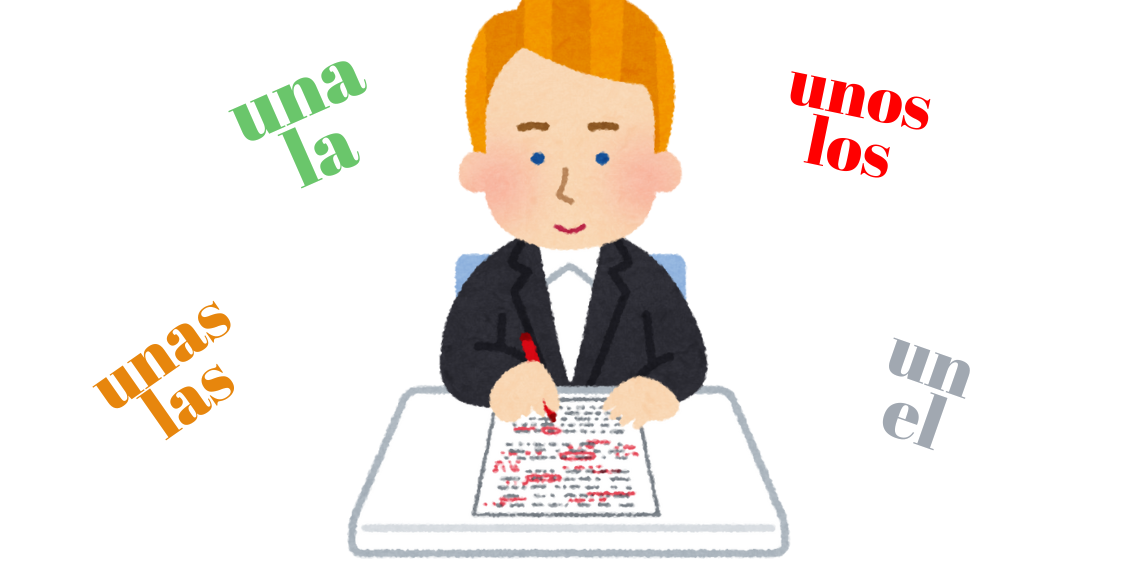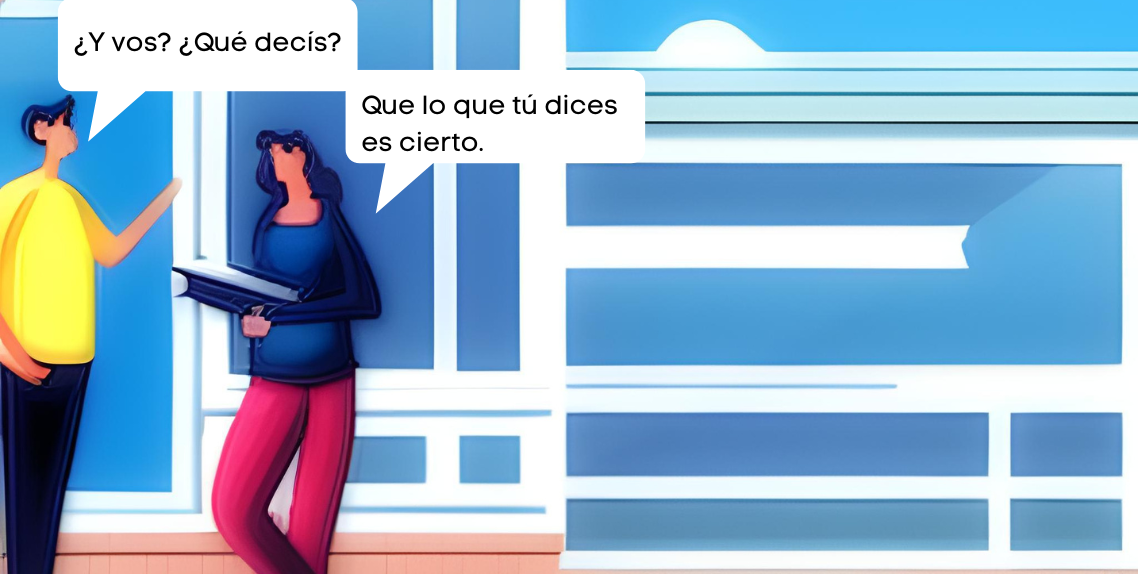Definite article vs. indefinite article
n Spanish, articles are words that accompany nouns to specify or generalize their meaning. Articles are divided into two types: definite and indefinite. Below, we will analyze the main differences between both, their usage, and examples to better understand how they are used in different situations.
The definite articles in Spanish are: el (masculine singular), la (feminine singular), los (masculine plural), and las (feminine plural). These articles are used to refer to something specific, already known by the speakers, or that has been previously mentioned in the conversation. The indefinite articles in Spanish are: un (masculine singular), una (feminine singular), unos (masculine plural), and unas (feminine plural). They are used to refer to something non-specific or when something is mentioned for the first time.
Differences in usage.
Indefinite articles are used to refer to a non-specific noun from a group, meaning they can refer to any noun within that group.
Ayer cené con un amigo de mi prima. Yesterday, I had dinner with a friend of my cousin. It could be any friend of my cousin.
Definite articles are used to refer to a specific noun.
El amigo de mi prima se llama Pablo y es muy gracioso. My cousin’s friend is named Pablo, and he is very funny. I am specifically talking about Pablo.
Indefinite articles are used to introduce new information that has not been mentioned previously.
Ayer vi un documental sobre un escritor famoso. Yesterday, I watched a documentary about a famous writer. It could refer to any documentary and any writer.
Definite articles are used to refer to nouns that have already been mentioned, meaning our listener already knows what we are referring to.
El documental se llama Vagamundo, y el escritor Eduardo Galeano. The documentary is called Vagamundo, and the writer is Eduardo Galeano.
It specifically refers to that documentary and that writer.
Indefinite articles, in the singular, are used to indicate one unit.
¿Tomamos un café? Do we have a coffee?
Definite articles are used to talk about something in general.
Me gusta el café. I like coffee.
Indefinite articles, in the plural, are used to indicate an approximate quantity.
Voy a comprar unas naranjas. I am going to buy some oranges. We know it’s more than one, but not how many.
Indefinite articles, in the plural, can be used to refer to a specific group of nouns, as well as to talk about something in general.
Las naranjas que compré están muy ricas. The oranges I bought are very tasty. Specifically those oranges.
Me gustan las naranjas. I like oranges.
In general, I like those fruits.
Indefinite articles are not used with names of professions, nationalities, or religions after verbs like ser (to be) or hacerse (to become), unless an adjective or a relative clause is added.
Juan es médico. Juan es un médico muy bueno. Juan is a doctor. Juan is a very good doctor.
Manuel es español. Manuel es un español que vive en Colombia. Manuel is Spanish. Manuel is a Spaniard who lives in Colombia.
Definite articles are not used with names of professions, nationalities, or religions after the verb ser (to be), unless we are referring to a specific person.
Juan es el médico que me atendió. Juan is the doctor who treated me.
Manuel es el español que vivía en nuestro barrio. Manuel is the Spaniard who used to live in our neighborhood.
Key differences between definite and indefinite articles.
- Specificity: Definite articles are used when talking about something specific and known, while indefinite articles are used to talk about something non-specific or that is mentioned for the first time.
- Generalization: Definite articles can be used to talk about general concepts (for example, la música), while indefinite articles are not used to generalize about an entire concept, but rather about undetermined elements.
- Context: Context is essential to know when to use one or the other. If it is already known what is being talked about, the definite article is used; if something is being mentioned for the first time or in general, the indefinite article is used.
Once again, thank you for reading. I hope this article has been useful to you. Here are some exercises for you to practice. Definite article or indefinite article?






Leave a Reply